Japanese artist Aki Inomata`s continuing project , WHY NOT HAND OVER A SHELTER TO HERMIT CRABS? , explores ideas of residency, nationality and identity. Using 3D printing, Inomata creates plastic shells that incorporate some of the most stunning architecture from around the world.
Born without a shell of its own,a hermit crab lives a peripatetic life,moving from one secondhand shelter to another as it grows.Drawing on these wayfaring creatures for inspirations,artist Aki Inomata has created the ultimate mobile homes as a part of a project exploring ideas of residency, nationality and indentity .
To ensure the crustacean is snug in its new home, Inomata employs CT scanning to map the the crab’s previous abode before extending the design to make the transparent shelters.
Inomata explains the inspiration behind this body of work:
In this piece I gave hermit crabs shelters that I had made for them, and if they liked my shelters, they made their shells in them. My idea for this piece first came about when I participated in the “No Man`s land” exhibition that was held in the French Embassy in Japan in 2009. This work is inspired by the fact that the land of the former French Embassy in Japan had been French until October 2009, and became Japanese for the following fifty years, before being returned to France. The same piece of land is peacefully transferred from one country to the other. These kinds of things take place without our being aware of it. On the other hand, similar events are not unrelated to us as individuals. For example, acquiring nationality, moving, and migration. The hermit crabs wearing the shelters I built for them, which imitate the architecture of various countries, appeared to be crossing various national borders. Though the body of the hermit crab is the same, according to the shell it is wearing, its appearance changes completely. It’s as if they were asking, “Who are you?”
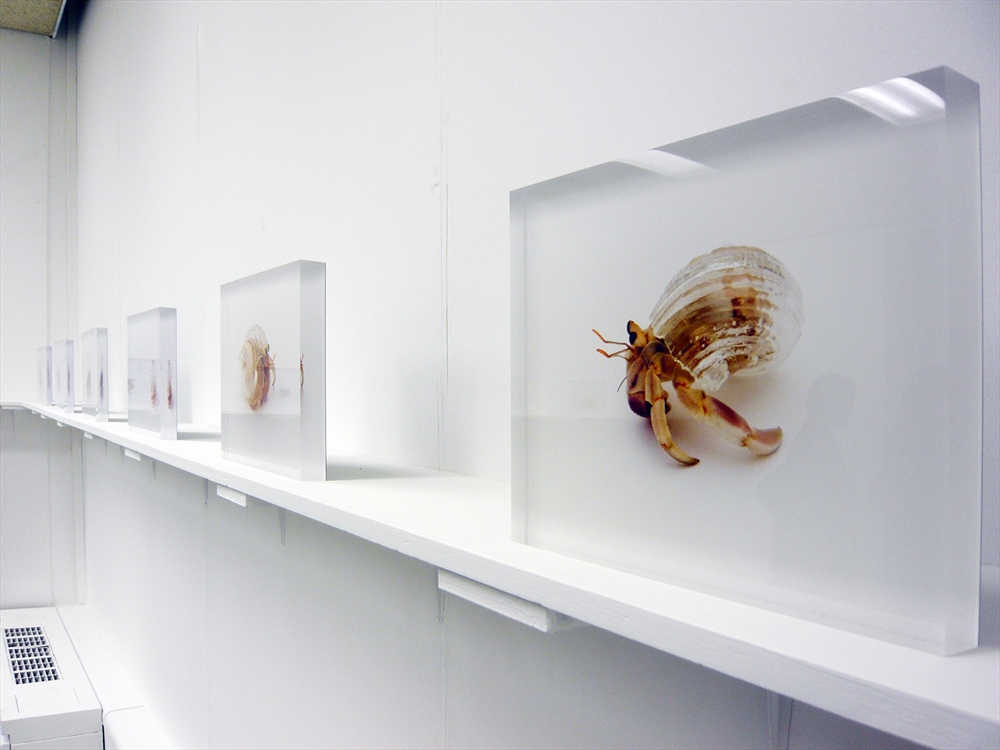 (C) AKI INOMATA
(C) AKI INOMATA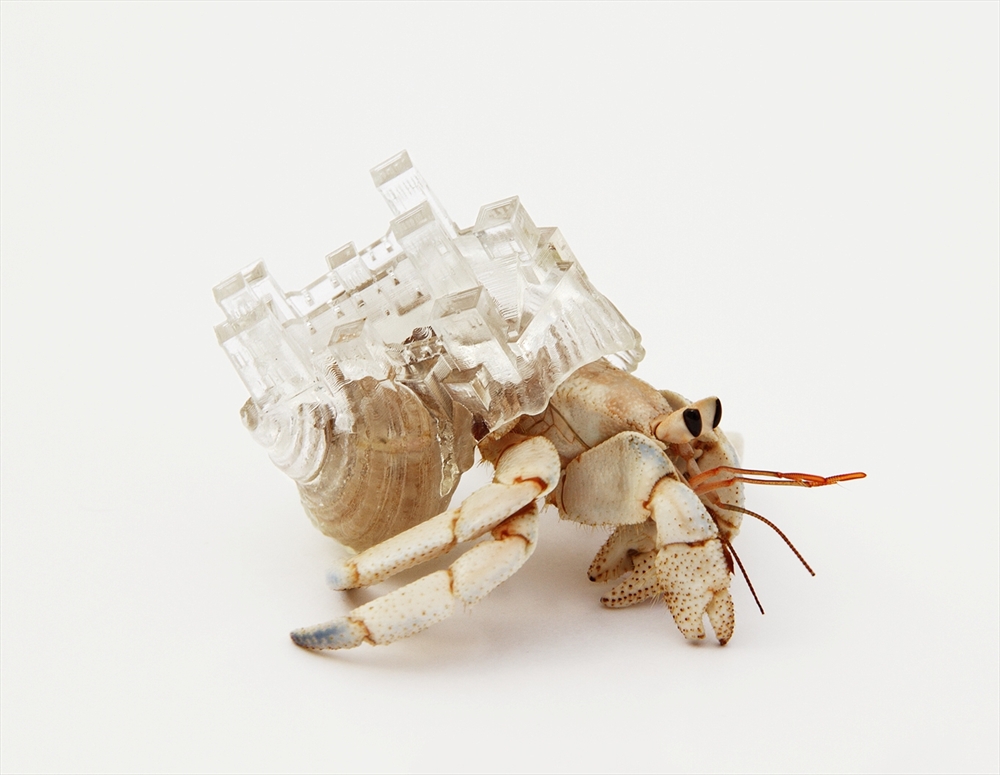 (C) AKI INOMATA
(C) AKI INOMATA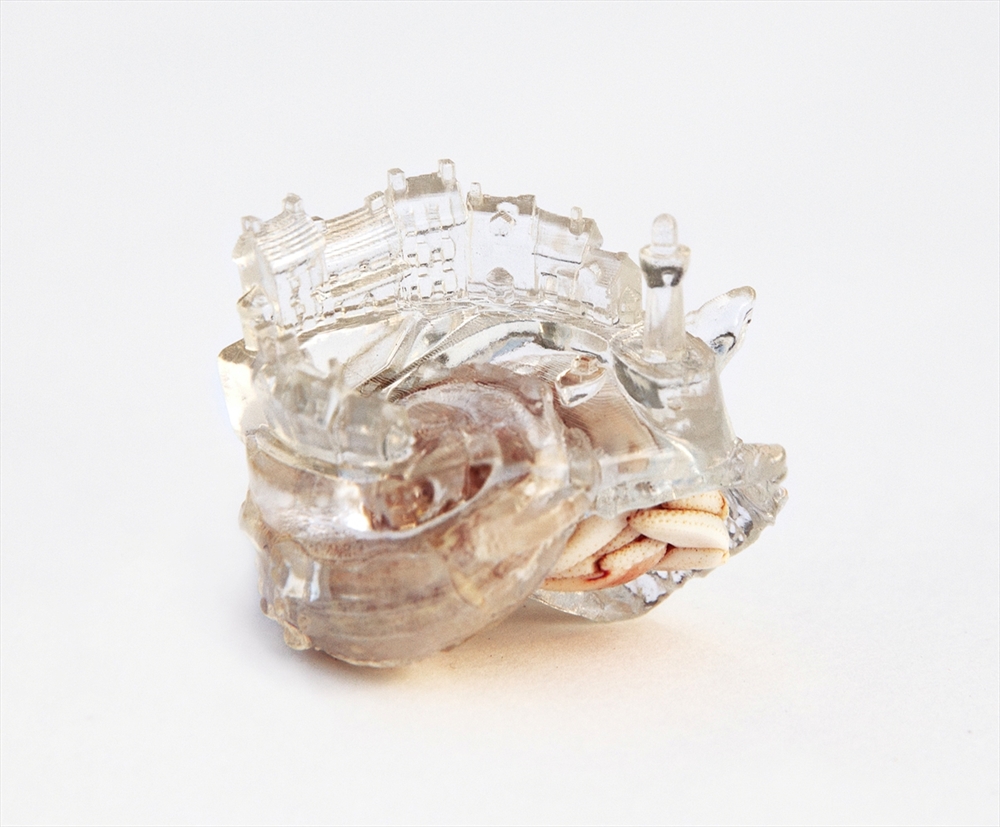 (C) AKI INOMATA
(C) AKI INOMATA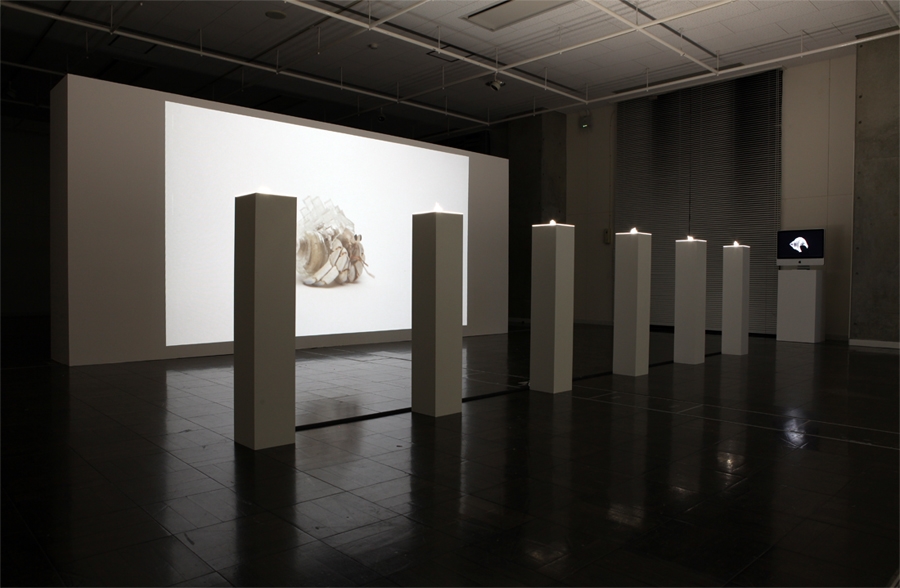 (C) AKI INOMATA
(C) AKI INOMATA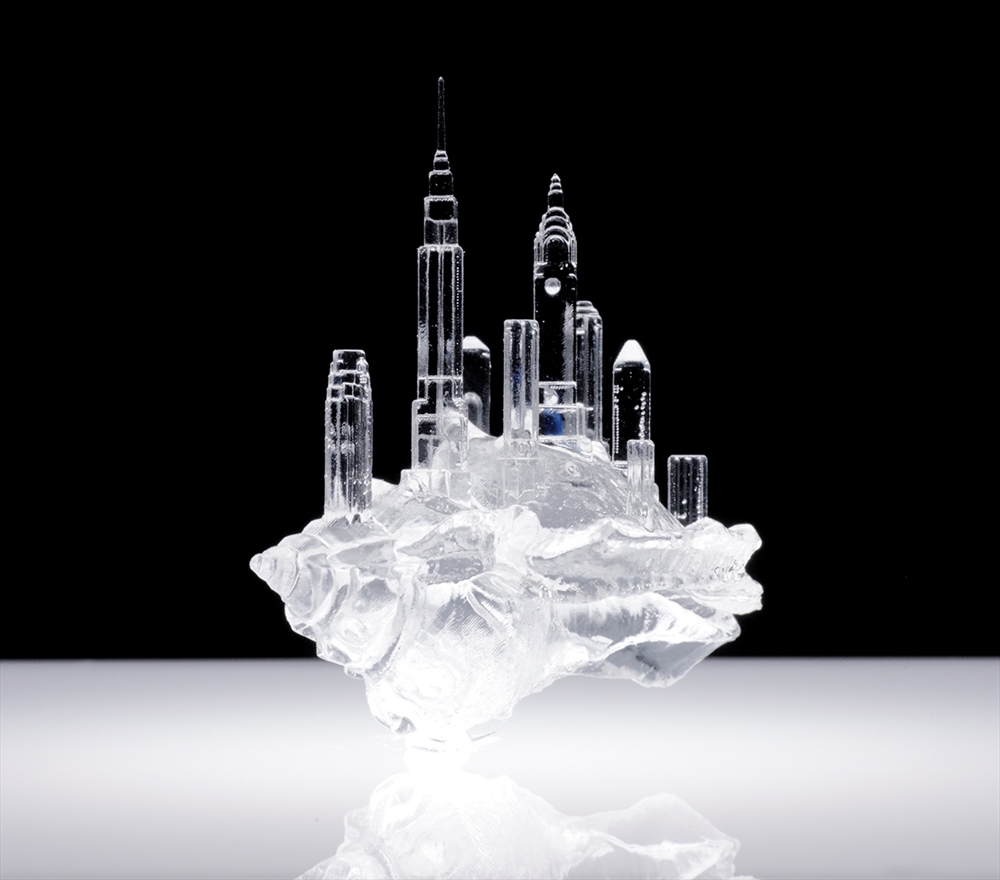 (C) AKI INOMATA
(C) AKI INOMATA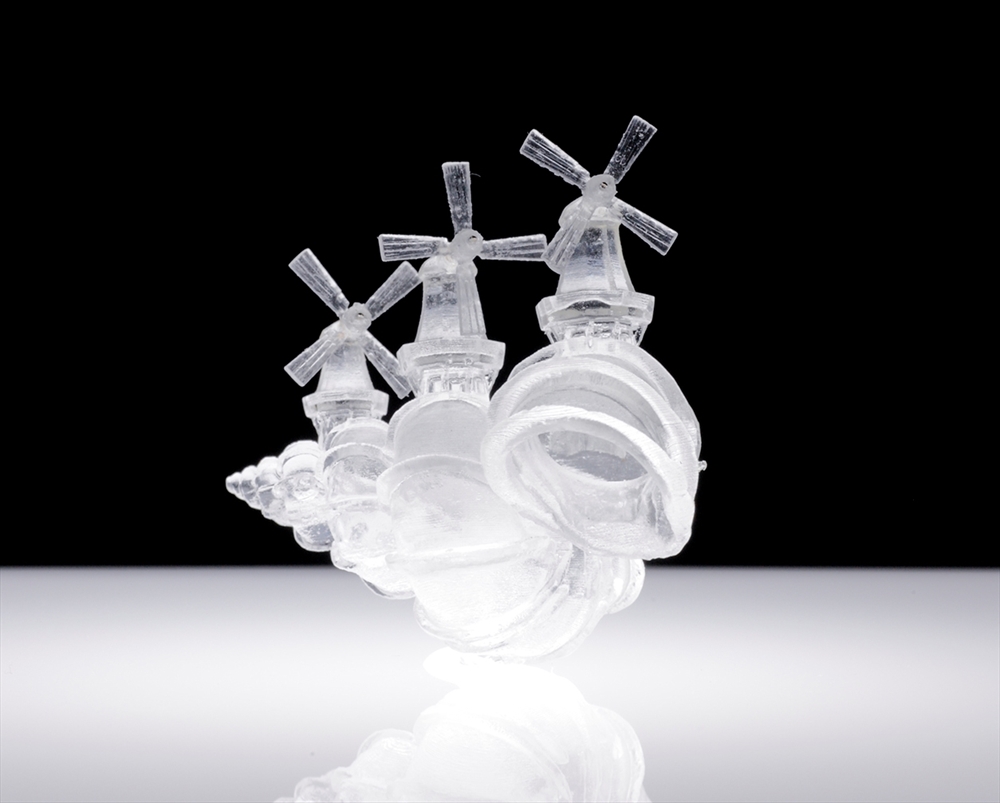 (C) AKI INOMATA
(C) AKI INOMATAREAD ALSO: DMY INTERNATIONAL DESIGN FESTIVAL 2014 FROM MAY 28 TO JUNE 1